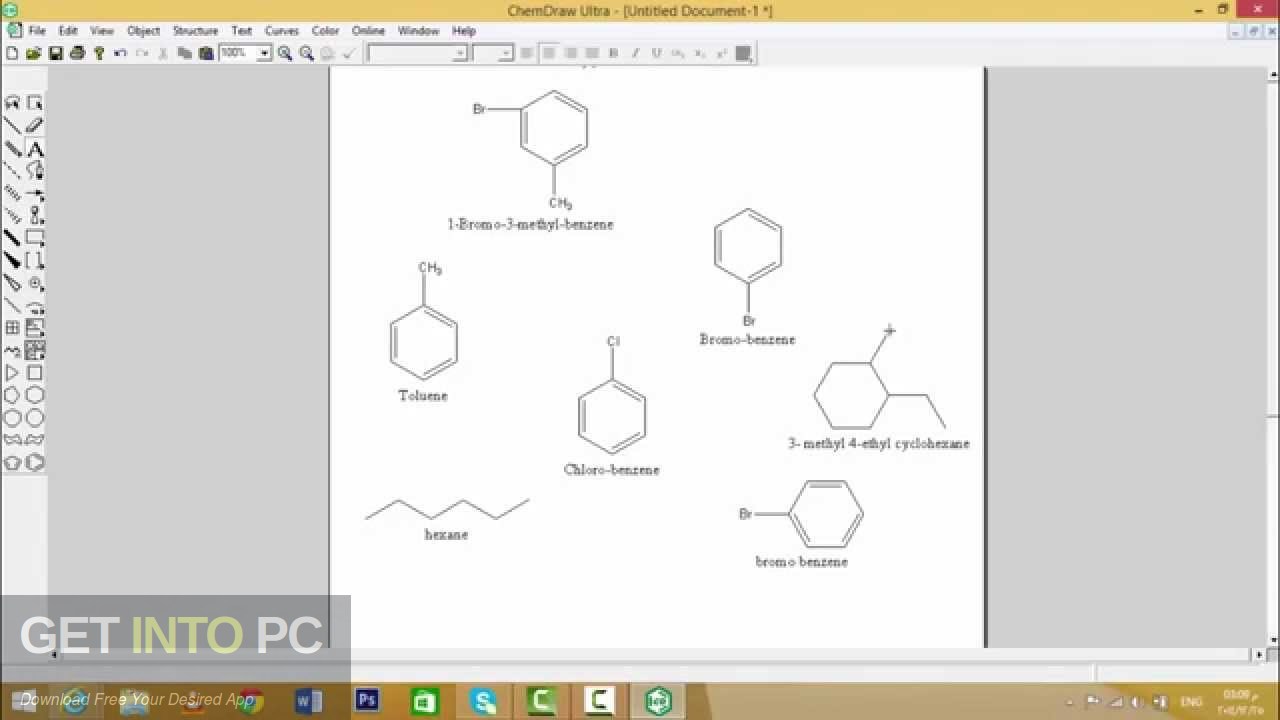

Computational techniques built into this and other packages, such as those from ACD's ACD/HNMR, allow aspects of chemistry such as nuclear magnetic resonance spectra to be predicted from the geometry-optimised structure. It can build three-dimensional interactive molecules and, crucially, optimise structures for the entire periodic table so that it provides a conformation as close to the likely 'real' shape of a molecule in the real world. The ArgusLab Molecular Modelling Program (now at version 3.0 beta), like many other programs, features extensive support for rendering molecular surfaces. With so many diverse sources and programs to display and manipulate compounds, there now seems to be little need to consider the molecules themselves too deeply. Examples include CambridgeSoft's ChemFinder or a website like Ron Rinehart's Molecular Heaven which links to numerous resources for finding all kinds of molecular structures.

These days there are so many packages around that can render a chemical sketch in three dimensions onscreen within a few seconds, or import a fully-formatted structure from a database.

And it's the rare student who works with plastic ball and stick models. Long gone are the days of chemists sitting at a desk to draw their molecules with a pencil and chemical template, with its bond lines, hexagons, and cyclohexane chains and boats.


 0 kommentar(er)
0 kommentar(er)
